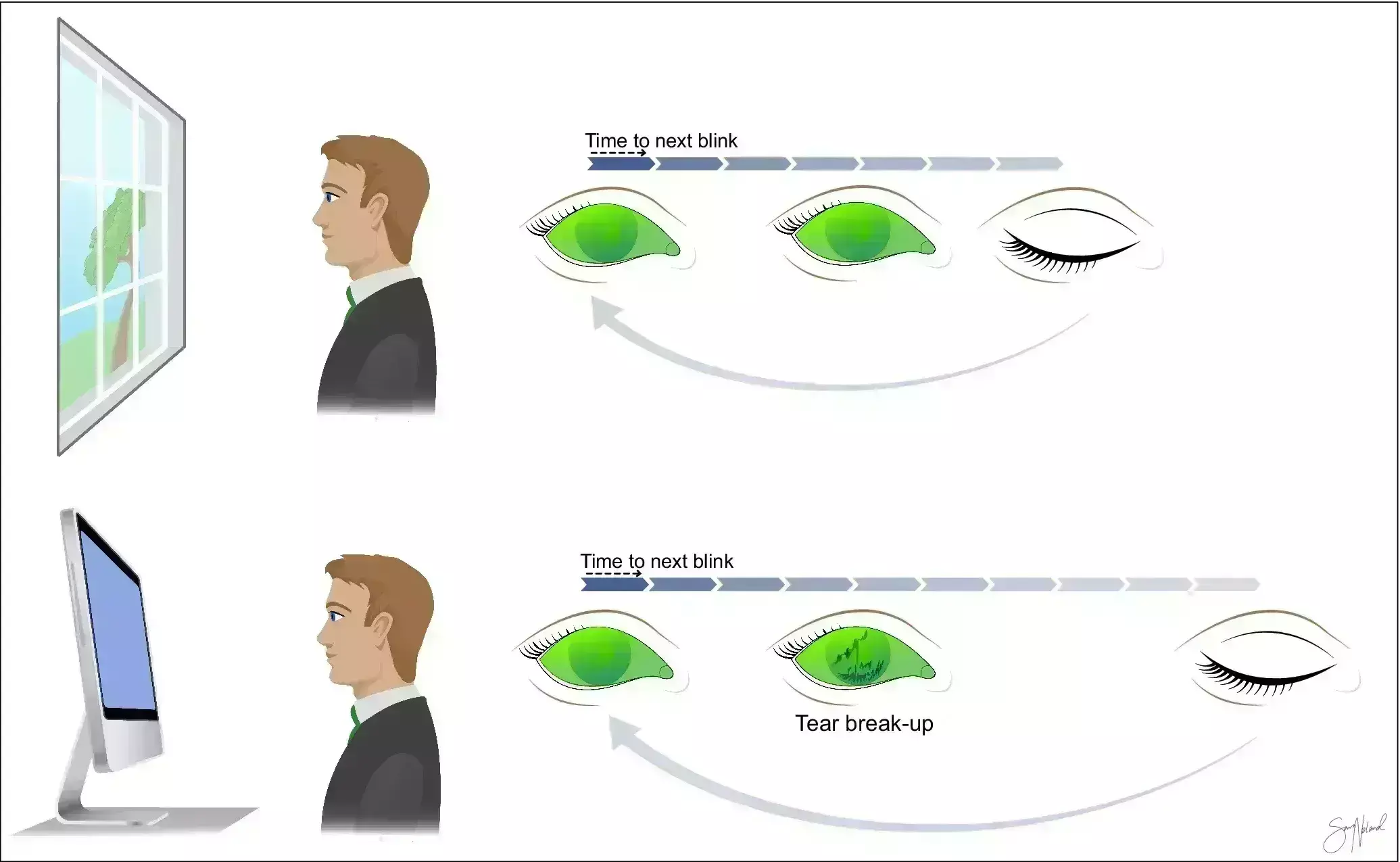- Home
- Medical news & Guidelines
- Anesthesiology
- Cardiology and CTVS
- Critical Care
- Dentistry
- Dermatology
- Diabetes and Endocrinology
- ENT
- Gastroenterology
- Medicine
- Nephrology
- Neurology
- Obstretics-Gynaecology
- Oncology
- Ophthalmology
- Orthopaedics
- Pediatrics-Neonatology
- Psychiatry
- Pulmonology
- Radiology
- Surgery
- Urology
- Laboratory Medicine
- Diet
- Nursing
- Paramedical
- Physiotherapy
- Health news
- Fact Check
- Bone Health Fact Check
- Brain Health Fact Check
- Cancer Related Fact Check
- Child Care Fact Check
- Dental and oral health fact check
- Diabetes and metabolic health fact check
- Diet and Nutrition Fact Check
- Eye and ENT Care Fact Check
- Fitness fact check
- Gut health fact check
- Heart health fact check
- Kidney health fact check
- Medical education fact check
- Men's health fact check
- Respiratory fact check
- Skin and hair care fact check
- Vaccine and Immunization fact check
- Women's health fact check
- AYUSH
- State News
- Andaman and Nicobar Islands
- Andhra Pradesh
- Arunachal Pradesh
- Assam
- Bihar
- Chandigarh
- Chattisgarh
- Dadra and Nagar Haveli
- Daman and Diu
- Delhi
- Goa
- Gujarat
- Haryana
- Himachal Pradesh
- Jammu & Kashmir
- Jharkhand
- Karnataka
- Kerala
- Ladakh
- Lakshadweep
- Madhya Pradesh
- Maharashtra
- Manipur
- Meghalaya
- Mizoram
- Nagaland
- Odisha
- Puducherry
- Punjab
- Rajasthan
- Sikkim
- Tamil Nadu
- Telangana
- Tripura
- Uttar Pradesh
- Uttrakhand
- West Bengal
- Medical Education
- Industry
Visual Display Terminal may induce Dry Eye Disease through both direct and indirect routes

Ketil Fjærvoll et, Review on the possible pathophysiological mechanisms underlying visual display terminal-associated dry eye disease; Acta Ophthalmologica.
Dry eye disease (DED) is a highly prevalent condition affecting several hundred million people worldwide. Visual display terminal (VDT) use is an important risk factor for DED.
A recent study suggests that decreased blink rates and increased incomplete blinks contribute to visual display terminal associated dry eye disease. The study findings were published in the Acta Ophthalmologica on April 19, 2022.
VDT use has been shown to decrease TBUT and increase interblink interval. However, much is still unknown regarding the adverse effects of VDT use on the ocular surface. Therefore, Dr Ketil Fjærvoll and his team conducted a review on pathophysiological mechanisms promoting VDT-associated DED.
In this review, the researchers searched PubMed for literature investigating the relationship between dry eye and VDT. They evaluated the relevance to the pathophysiology of DED. They included a total of fifty-five articles and examined the pathophysiological mechanisms and multiple hypotheses.
Key findings of the study:
- The researchers noted that visual display terminal (VDT) use causes DED mainly through impaired blinking patterns.
- Although some studies reported changes in parasympathetic signalling and increased exposure to blue light, which could disrupt ocular homeostasis, they noted that the studies lack sufficient scientific support.
- They highlighted that these changes may lead to a reduced function of the tear film, lacrimal gland, goblet cells and meibomian glands, all contributing to DED development.
The authors concluded, "Visual display terminal (VDT) use appears to induce DED through both direct and indirect routes. Decreased blink rates and increased incomplete blinks increase the exposed ocular evaporative area and inhibit lipid distribution from meibomian glands."
They further added, "Although not adequately investigated, changes in parasympathetic signalling may impair lacrimal gland and goblet cell function, promoting tear film instability. More studies are needed to better target and improve the treatment and prevention of VDT-associated DED".
For further information:
DOI: https://doi.org/10.1111/aos.15150
Medical Dialogues Bureau consists of a team of passionate medical/scientific writers, led by doctors and healthcare researchers. Our team efforts to bring you updated and timely news about the important happenings of the medical and healthcare sector. Our editorial team can be reached at editorial@medicaldialogues.in.
Dr Kamal Kant Kohli-MBBS, DTCD- a chest specialist with more than 30 years of practice and a flair for writing clinical articles, Dr Kamal Kant Kohli joined Medical Dialogues as a Chief Editor of Medical News. Besides writing articles, as an editor, he proofreads and verifies all the medical content published on Medical Dialogues including those coming from journals, studies,medical conferences,guidelines etc. Email: drkohli@medicaldialogues.in. Contact no. 011-43720751


